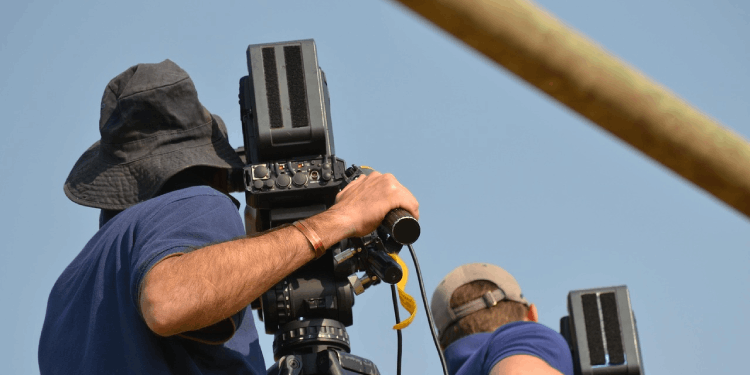
Permits and Practicalities: How to Film in Regional Victoria
Shooting a film in the scenic locations of regional Victoria is a dream of many directors. It is a rare opportunity to capture natural beauty, open landscapes, cultural diversity, and heritage settings in a single location. Whether you are producing a short film or a documentary, the region offers limitless visual treats that can enhance the screenplay of your creative piece.
However, filming outside metropolitan areas still requires detailed planning and a complete understanding of local permissions to access a specific site or to film a shot in public. Fortunately, securing the right permits, respecting community expectations and planning your logistics properly can feel like smooth sailing. So, here is a comprehensive guide to help you understand permits and practicalities required when filming in regional Victoria.
1. Know How Many Permits You Need
When conducting research on the location, it is essential to determine which permits apply to your production. According to experts, public spaces, council managed parks, roads, heritage sites and beaches require formal approval.
In fact, some places have restrictions depending on environmental sensitivity or local community use. So, it is good to enquire about everything about the legal permits you may need to avoid delays and downtime.
2. Reach Out To the Necessary local council
There is no denying that each council has its own guidelines for filming because Victoria is becoming a thriving hub for film production. Ensure you submit an application with details about your production, equipment, crew size and potential community impact as soon as possible.
The best part is that councils can also advise you on alternative locations if your preferred site is not available.
3. Plan for road usage and Traffic Management
There are strict rules governing road safety and traffic in Melbourne and other parts of Victoria. When it comes to filming activities that affect public roads, a traffic management plan may be required.
Councils or VicRoads will guide you on the required documentation. A professional traffic management team can help keep the crew and the public safe, preventing traffic disruption.
4. Seek permissions for private properties
Are you planning to flim a private location, such as farms, cottages, or homesteads? If yes, then you must obtain written consent from the owners. Make sure you establish effective communication and be clear about your schedule and equipment use for a seamless experience. Property owners are generally supportive when they know exactly how long the crew will be on site.
5. Prioritise environmental responsibilities
Regional Victoria is home to environmentally sensitive locations. When filming near beaches, rivers, forests, or parks, make sure you follow environmental protection guidelines. This may include waste management, restrictions on certain equipment and rules around flora and fauna.
Wrapping Up
Filming in regional Victoria is one of the best ways to capture the best backdrop for your film. However, you may need certain permits and approvals for hassle free shooting. You can also research regional laws, environmental restrictions, and road and traffic rules before spending money on your production team.



